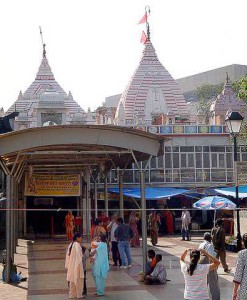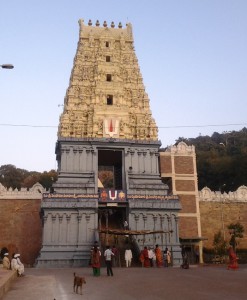No products in the cart.
Prambanan temple is an extraordinarily beautiful temple complex constructed in the tenth century during the reigns of the two kings of Indonesia namely Rakai Pikatan and Rakai Balitung. Soaring up to a height of 47 meters (5 meters higher than Borobudurtemple), the foundation of this temple has fulfilled the desire of the founder to show Hindu triumph in Java Island. This temple is located 17 kilometers from the city center, among an area that now functions as beautiful park.
Prambanan Temple
There is a legend that Javanese people always tell about this temple. As the story tells, there was a man named Bandung Bondowoso who loved Roro Jonggrang. To refuse his love, Jonggrang asked Bondowoso to make her a temple with 1,000 statues only in one-night time. The request was nearly fulfilled when Jonggrang asked the villagers to pound rice and to set a fire in order to look like morning had broken. Feeling to be cheated, Bondowoso who only completed 999 statues cursed Jonggrang to be the thousandth statue.
Entering the Shiva temple, the highest temple in the temple complex located in the middle, you will find four rooms. One main room contains Shiva’s statue, while the other three rooms contain the statues of Durga (Shiva’s wife), Agastya (Shiva’s teacher), and Ganesha (Shiva’s son). Durga Devi’s statue is said to be the statue of Roro Jonggrang in the above legend.
In the Vishnu temple, to the north of Shiva temple, you will find only one room with Vishnu statue in it. In the Brahma temple, to the south of the Shiva temple, you find only one room as well with the Brahma statue in it.
Quite attractive accompanying temple is the Garuda temple that is located close to the Vishnu temple. This temple keeps a story of the half-bird human being named Garuda. Garuda is a mystical bird in Hindu mythology who is considered the Vahana of Lord Vishnu. The figure is of golden body, white face, red wings, with the beak and wings similar to an eagle. It is assumed that the figure is Hindu adaptation of Bennu (means ‘rises’ or ‘shines’) that is associated with the god of the Sun or Re in Old Egypt mythology or Phoenix in Old Greek mythology. Garuda succeeded in saving his mother from the curse of Aruna (Garuda’s handicapped brother) by stealing Tirta Amerta (the sacred water of the gods).
Its ability to save her mother made many people admire it to the present time and it is used for various purposes. Indonesia uses the bird as the symbol of the country. Other country using the same symbol is Thailand, with the same reason but different form adaptation and appearance. In Thailand, Garuda is known as Krut or Pha Krut.
Prambanan also has panels of relief describing the story of the 7 kandas of Ramayana. Experts say that the relief is similar to the story of Ramayana that is told orally from generation to generation. Another interesting relief is Kalpataru tree that – in Hindu – the tree is considered tree of life, eternity and environment harmony. In Prambanan, relief of Kalpataru tree is described as flanking a lion. The presence of this tree makes experts consider that Javanese society in the ninth century had wisdom to manage its environment.
Monday-Friday: 9:00 am to 12:00 pm & 4:00 pm to 9:00 pm
Saturday, Sunday & Holidays: 9:00 am to 9:00 pm
In order to improve the management of the property, government issued the law in 2007 and government regulation of 2008 concerning national spatial planning which means that spatial planning in World Cultural Heritage area will be prioritized. Prambanan site has been established as one of the strategic national area which consists of Prambanan temple Compounds and others related temple remains. To ensure the long term safeguarding of the property, an integrated management and regulation that support preservation is needed.
The Action Plan of 2007 has been implemented with the involvement of the local community around the property. The welfare of the local community around the property that was affected by the earthquake of 27 May 2006, is now improving with the recovery of the usual economic activity and especially in the creative industry sector. The Siva temple has not been rehabilitated but research activities or technical studies of the Siva temple have been carried out in 2010 and 2011. The results have been discussed at national and international level with the conclusion that it is still necessary to study and research to determine the method of handling Siva Temple, including monitoring through seismograph study and crack meter periodically.










